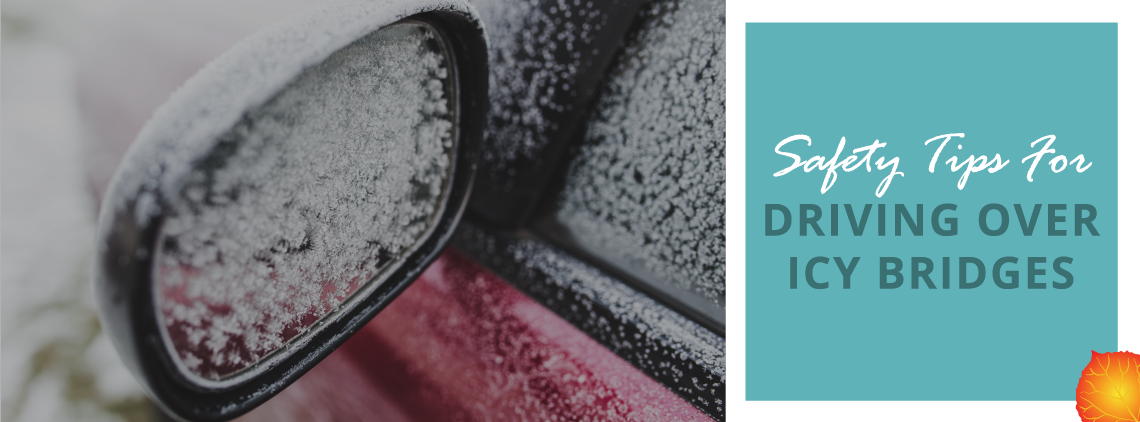
Tips for staying cool on icy bridges
Believe it or not, icy bridges cause more injuries and fatalities than tornadoes, lightning and floods combined each year.
Slick, slippery bridge surfaces often come as a surprise to drivers as ice on a bridge may be invisible to the driver. When vehicles hit the icy bridge surface without warning, accidents frequently happen at full highway speed — making them particularly dangerous.
In order to avoid crashes and stay safe while crossing bridges this winter, drivers should keep the following in mind:
- Stay aware of the weather.
- Know what kind of treatment (salt or sand) is used to de-ice bridges in your area. Sanded bridges are likely to be slicker because sand does not melt ice.
- Know the warning signs of an icy bridge. If ice is forming on your mirrors and windshield, chances are it is forming on any bridges you approach as well.
With these tips in mind, be sure to reduce your speed before you cross a bridge. Avoid braking, changing lanes, or accelerating on the bridge. If the bridge is icy, any sudden moves can make your vehicle slip, slide and spin.
If you do slide or have an accident on an icy bridge, follow these steps:
- Don’t panic. Gently turn into the slide to regain control of your vehicle.
- Be aware of other vehicles: If you hit an ice patch on a bridge, chances are good that other vehicles will, too, so stay aware of what is happening around you.
- Never exit your vehicle on an icy bridge: You are much more protected from other sliding vehicles while in your car. Stay put, wait for help, and try to move your vehicle out of the way of traffic.